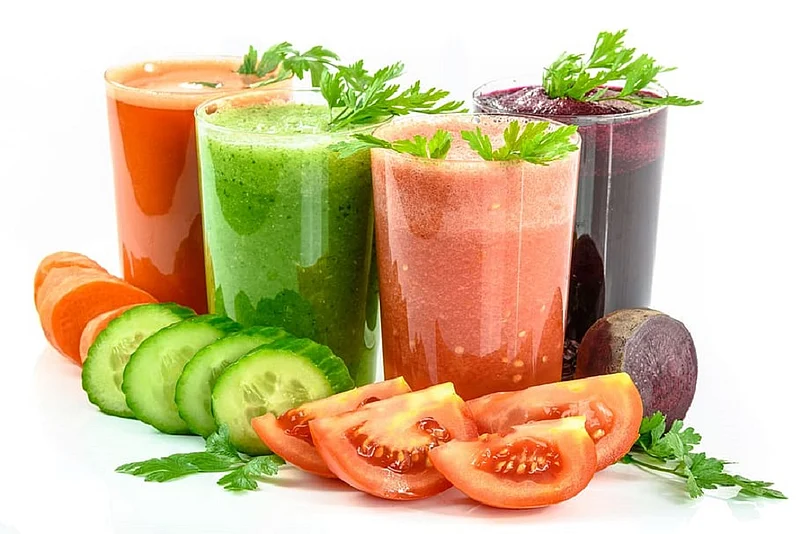Diarrhoea is a very common symptom of intestinal tract infection. The gastrointestinal disease is characterised by very frequent (more than thrice a day) passage of liquid stool which leads to a massive loss of fluids, nutrients and electrolytes from the body. This also causes reduced absorption of nutrients and fluids. The disease, which is primarily caused by a variety of bacteria, virus and other parasitic microorganisms, is highly transmissible from person-to-person via contaminated food and drinking water. Occasionally diarrhoea can occur as an outcome of allergy, food poisoning and chronic irritable bowel syndrome as well.
Irrespective of the different categories including osmotic, secretory, exudative and rapid intestinal transit diarrhoea, the disease is intricately linked with diet. In order to replenish the depleting levels of nutrients and fluids, consuming a disease specific diet is important. This helps in speedy recovery and heals the battered digestive system. Apart from taking prescribed medications, it is also very important to follow a restricted diet regime.
Dealing with diarrhoea
What to take
- BRAT Diet
Bananas, rice, apples, toast (BRAT) diet is extremely effective to reduce the frequency of bowel movement. These bland foods help is firming up the loose stool.
- Increased fluid intake is essential in order to replenish the dearth of fluids and electrolytes in the body. The fluids must include 8-10 glasses of water per day along with broth, juices, tea or electrolyte replacement drinks. Electrolyte-enhanced coconut water is good source of the essential electrolytes.
- Potassium rich foods such as ripe bananas, apricot, potatoes, fish and meat should be included to boost the body’s potassium level.
- Including sources of soluble fiber in diet helps in solidification of stool which prevents the uncontrolled bowel movement.
- Switching to small and frequent meals is important as this distributes the consumed nutrients evenly and keeps the body going.
What not to take
- Any food item with a laxative effect
- Fried, fatty or spicy food can hinder the recovery process by aggravating the symptoms of diarrhoea.
- Carbonated drinks, beer, beans, cabbage, broccoli, cauliflowers can cause dreadful abdominal cramps
- Milk and dairy products, since lactose intolerance is often a side effect of diarrhoea
Diarrhoea is a more serious threat for low income developing countries than their industrialized and advanced counterparts. Several studies suggest that the children (under three years of age) born in developing nations every year undergo three episodes of diarrhoea on an average, which in turn leads to increased malnutrition amongst them.
HYGIENE MATTERS:
Lack of awareness regarding the importance of hygienic habits, unavailability of suitable infrastructure and restricted supply of hygiene products are another reason for the increasing prevalence of diarrhoea. Unsafe WASH (Water, Sanitation, Hygiene) infrastructure is considered the predominant cause behind 94 per cent of mortality amongst children below the age of five. Since diarrhoea is a transmissible disease caused by pathogenic microorganisms, hygiene plays a pivotal role in contraction of the disease. Inculcating the habit of washing hands frequently is very essential as the pathogens find their route to the intestine via the mouth, the primary entry point. of the pathogens. Implementation of more hygiene awareness programs in schools and rural health care centres and improvisation of infrastructure is mandatory to reduce the mortality rate caused by diarrhoea.

















